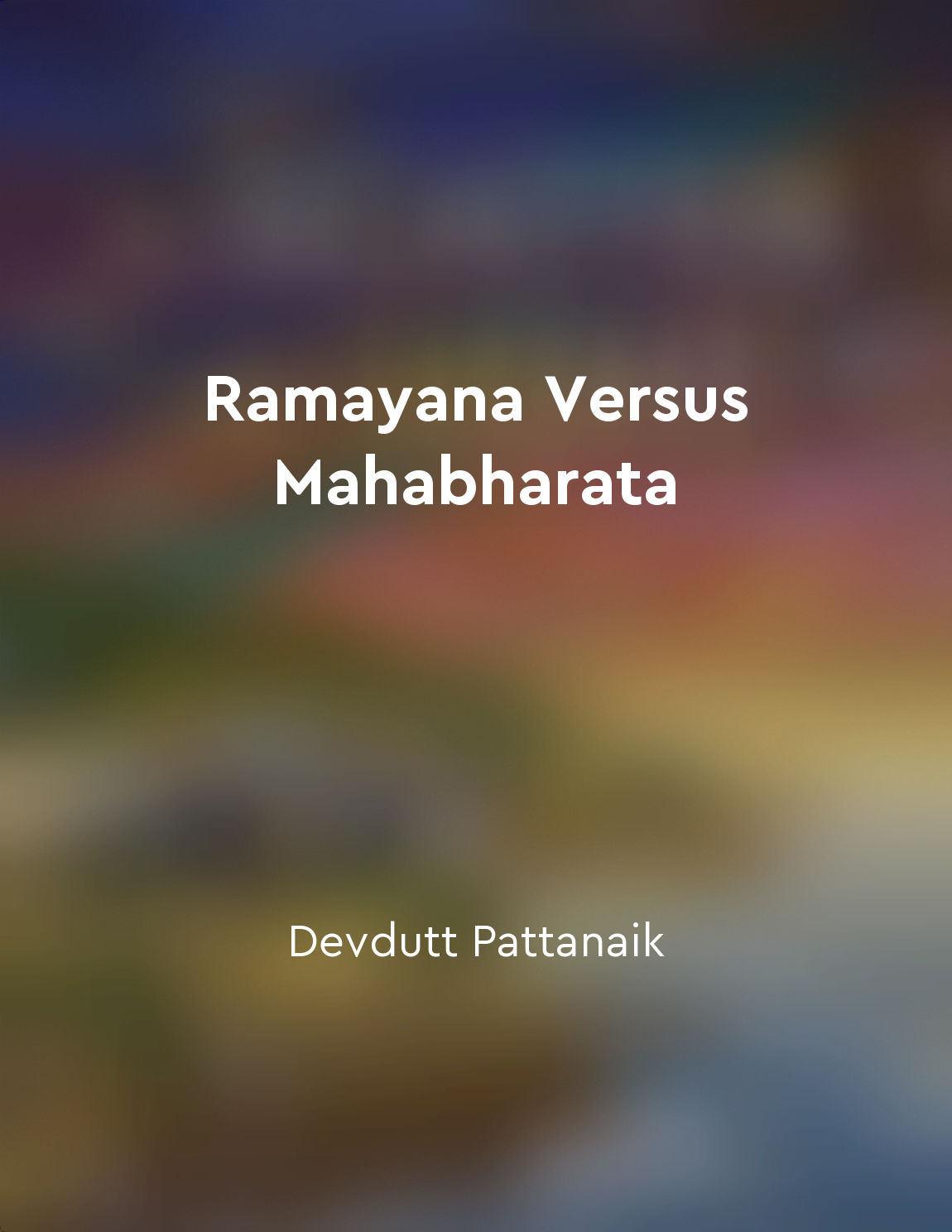Exile into the forest from "summary" of Valmiki's Ramayana by Anant pai
When King Dasharatha was compelled to send his beloved son Rama into exile, the entire kingdom of Ayodhya was plunged into sorrow. The citizens could not fathom the idea of their rightful prince being banished from the comforts of the palace and forced to dwell in the harsh wilderness. Rama, being the epitome of virtue and duty, accepted his father's decree without a hint of hesitation. Sita, his devoted wife, and Lakshmana, his loyal brother, also chose to accompany him into the forest, forsaking their own comforts for the sake of their beloved Rama. The forest into which Rama, Sita, and Lakshmana ventured was no ordinary expanse of trees and wildlife. It was a realm fraught with danger, inhabited by fierce demons and wild beasts. Yet, Rama faced these challenges with unwavering courage and righteousness, never once complaining about his fate. During their exile, Rama and his companions encountered numerous sages and learned individuals who imparted valuable teachings and guidance. These interactions served to further enhance Rama's wisdom and character, preparing him for the greater trials that lay ahead. Despite the hardships of living in the forest, Rama never wavered in his sense of duty and righteousness. He upheld the principles of dharma even in the face of adversity, setting a shining example for all who heard of his noble deeds.- The concept of exile into the forest in Valmiki's Ramayana serves as a test of character and resolve for the protagonists. It is through this period of hardship and struggle that Rama's true essence as a hero and an ideal king is revealed. The forest becomes a metaphor for the challenges and obstacles that one must overcome in order to fulfill their destiny and emerge stronger and more enlightened.
Similar Posts
The loyalty of Hanuman to Rama is unwavering
Hanuman, the loyal devotee of Rama, is renowned for his unwavering dedication and commitment to his beloved lord. Throughout th...
Valmiki's epic Ramayana portrays the story of Kishkindha
Valmiki's epic Ramayana delves into the intricate tale of Kishkindha, a pivotal part of the larger narrative. This particular s...

Ramayana's Ayodhya Kanda is homecoming, Mahabharata's Shanti Parva is peace talks
The Ayodhya Kanda of the Ramayana is a section that focuses on the return of Rama to his kingdom after his exile. It is a homec...
War
The concept of war in the Ramayan is a central theme that drives the narrative forward and tests the characters' strength and r...

Ramayana's Ravana is demon king, Mahabharata's Dhritarashtra is blind king
In the Indian epic Ramayana, Ravana is portrayed as a powerful demon king who rules over the kingdom of Lanka. He is depicted a...
Valmiki's masterpiece endures as a timeless classic
Valmiki's epic poem, The Ramayana, is a work of enduring brilliance that transcends time and continues to captivate readers acr...

The Kurukshetra war
The great war of Kurukshetra, which lasted for eighteen days, is a monumental event in the epic of Mahabharata. It was a war fo...
The Aryans introduced iron technology in India
The introduction of iron technology in India marked a significant turning point in the history of the subcontinent. The Aryans,...
Bharata's devotion to Rama
Bharata's devotion to Rama shines brightly in Valmiki's Ramayana. From the moment he learns about his mother Kaikeyi's wicked s...

